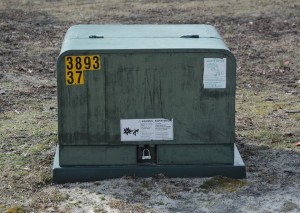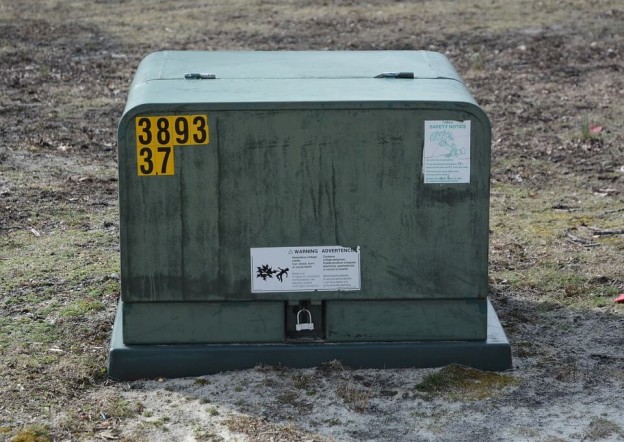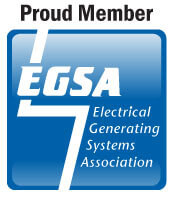 Remember the summer of 2012? One 20-minute storm at the beginning of July knocked out electricity to homes and businesses all over the region. Although most customers had their power restored within a week, some customers were without power for more like a month. And then there was Super Hurricane Sandy that same year, in the fall, and there it went again, only worse.
Remember the summer of 2012? One 20-minute storm at the beginning of July knocked out electricity to homes and businesses all over the region. Although most customers had their power restored within a week, some customers were without power for more like a month. And then there was Super Hurricane Sandy that same year, in the fall, and there it went again, only worse.
It really hits home how much we depend on electricity when we are without it for an extended period of time. So many homes and businesses are equipped with backup power.
Some have portable generators that can handle a few smaller loads that can be plugged in, such as a refrigerator, a freezer, a microwave oven or a lamp. Some have portables that are paired with a manual transfer switch, which allows hardwired equipment such as well pumps to be supplied with power when the utility goes out.
Others have standby systems, that start automatically when utility power fails, and shut themselves down when it returns. These systems can handle any load, as long as the unit is sized correctly to power the load without harm to the unit or the equipment it supplies.
You have to go out to get gasoline, sometimes diesel fuel, for a portable generator. If the filling station doesn’t have power either, their pumps won’t work. The weather is often bad as well, which is why the power went out in the first place…a summer thunderstorm, a winter ice storm, a tornado or hurricane. Standbys connected to a natural gas source don’t run out of fuel unless the gas utility does…a highly unlikely occurrence. Those connected to propane tanks need only monitor the tank gauges to be sure they have sufficient supply in case the weather turns suddenly fierce.
In an extended outage, all “species” of backup power units need maintenance to stay healthy and continue to run. We recommend that customers shut them down every 24 hours or so, for half an hour or thereabouts, to check the oil, give the generator a rest, allow it to cool down a bit, and add oil if needed since most of them will shut themselves down on a low-oil fault if they get too starved for it. All engines need lubrication to run without damage.
Please check your manufacturer’s specifications for the type of oil needed. If you use the wrong kind, it won’t necessarily harm the generator, but it very well could hamper its efficient operation.
Every owner of a backup power system needs to be aware that there is a specific order of tasks for a safe shutdown and restart of any backup power unit. Neither shutdown nor restart should happen under load, for important safety reasons. When you shut down a generator, whether portable or standby, please follow these steps:
- Turn off breakers and/or unplug extension cords that supply protected loads;
- Shut down unit via control panel switch, ignition kill switch, etc.;
- Check oil, add to “full” mark on dipstick if necessary, refuel portable units WITH IGNITION TURNED OFF AND AFTER THEY HAVE BEEN ALLOWED TO COOL;
- Note any other problems or questions for immediate or future attention;
- Restart unit with loads still off;
- When engine reaches full speed, usually within 15-30 seconds at most, reconnect extension cords and/or turn breakers back on.
Don’t forget regular maintenance. Just like your car or your body, your backup power source will run far better and tend to break down less often with scheduled checkups. We offer maintenance contracts on Generac products, since we are part of the manufacturer’s servicing dealer network, and will also work on other brands although our ability to obtain direct technical support and parts may be limited.
Happy powering! Isn’t it far better to have a backup system and not need it very often, than to not have one and wish you did when a storm upsets everyone’s applecart for miles around?
(Please note that we cannot be responsible for anyone’s use of information contained in this column or events resulting from same. Readers can feel free to contact us for specific advice or service.)








